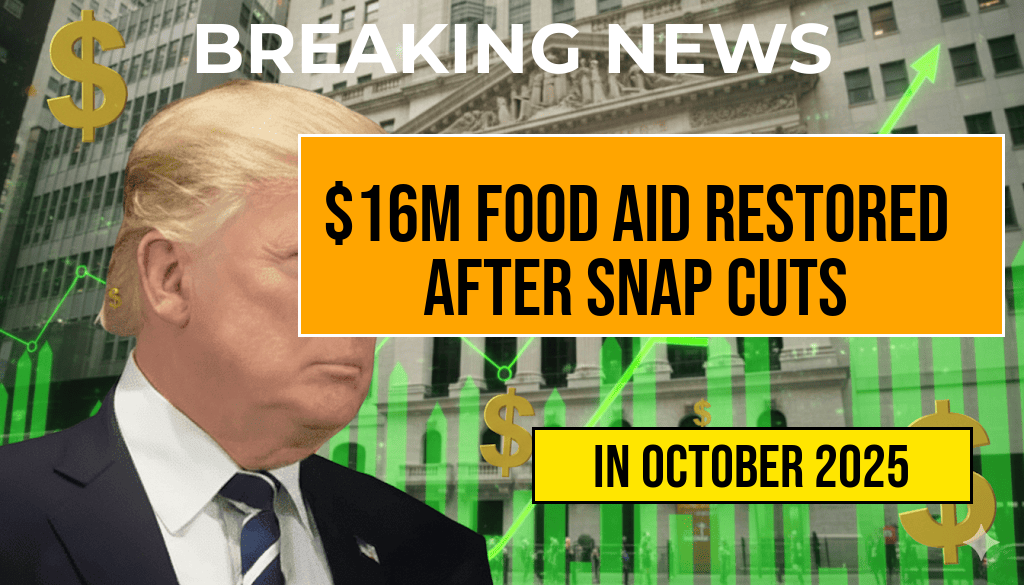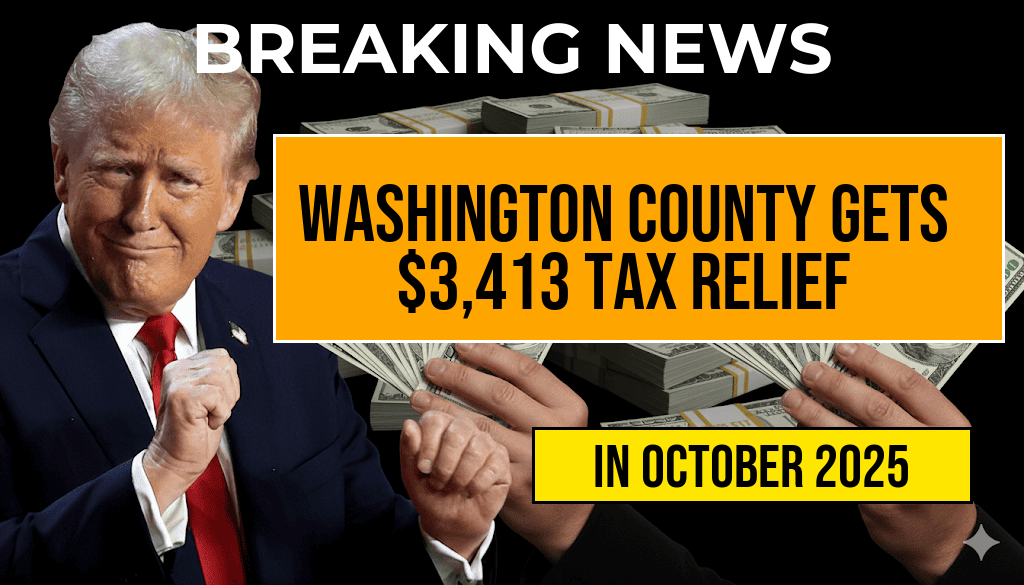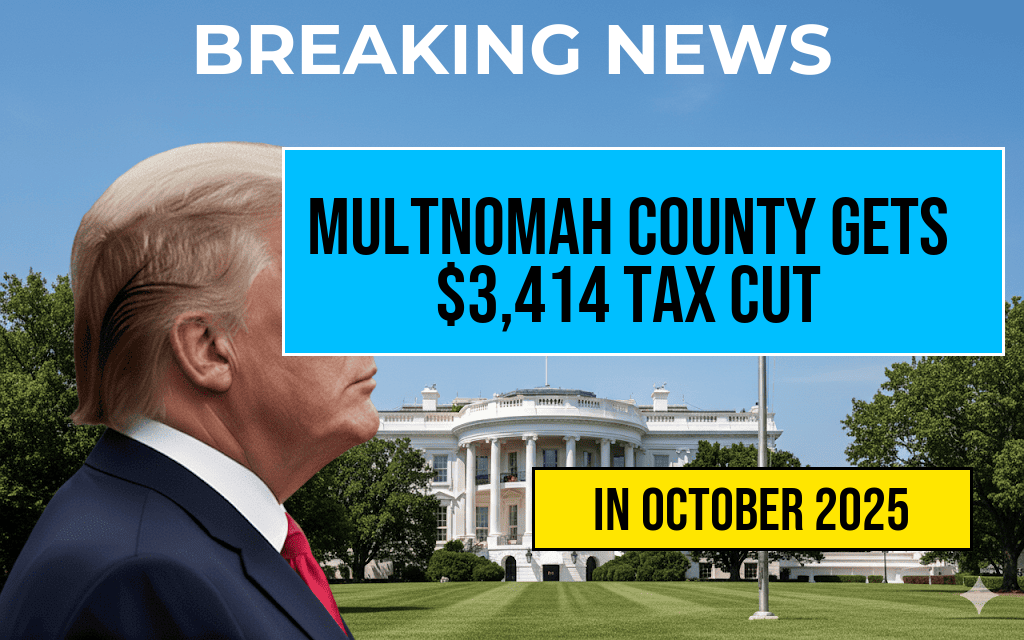Following a series of policy shifts during the Trump administration that aimed to tighten eligibility and reduce funding for the Supplemental Nutrition Assistance Program (SNAP), recent federal actions have reversed some of those cuts, restoring approximately $16 million in food assistance funds. This move comes amid ongoing debates over the program’s role in addressing food insecurity and the federal government’s commitment to supporting vulnerable populations. The restoration reflects a broader shift toward preserving access to essential nutrition benefits, especially as economic pressures persist for low-income households. The funds will primarily benefit states that experienced significant reductions in SNAP allocations, potentially affecting hundreds of thousands of recipients who rely on these benefits for daily sustenance.
Policy Reversal Aims to Strengthen Food Security
The decision to restore $16 million in food assistance funds follows a series of policy changes enacted during the final months of the Trump administration. These changes included tightening eligibility requirements, reducing benefit levels, and implementing stricter work requirements. Critics argued that such measures risked increasing food insecurity among vulnerable populations, particularly among children, seniors, and those facing economic hardships. The Biden administration’s recent actions suggest an effort to reverse some of these policies to bolster food security amid ongoing economic challenges caused by inflation, supply chain disruptions, and pandemic-related setbacks.
Details of the Funding Restoration
| State | Previous Reduction | Restored Funds | Estimated Beneficiaries |
|---|---|---|---|
| California | $4.2 million | $1.8 million | Approximately 150,000 individuals |
| Texas | $3.5 million | $1.2 million | Over 100,000 individuals |
| Florida | $2.8 million | $1 million | Approximately 75,000 individuals |
| Other States | – | $10 million | Various |
The funds, allocated through the Farm Bill and supplemental appropriations, aim to mitigate the impact of prior reductions. Officials from the U.S. Department of Agriculture (USDA) have emphasized that this adjustment aligns with the administration’s broader strategy to ensure that federal nutrition programs remain accessible and effective.
Political and Social Context
The restoration of these funds underscores a continuing debate over SNAP policy direction. Supporters argue that maintaining adequate funding is vital for addressing food insecurity and reducing long-term economic disparities. Critics, however, contend that the program should include tighter eligibility criteria to prevent abuse and ensure resources reach those in most need. The recent funding adjustment also signals a response to advocacy from numerous nonprofits and community organizations that have highlighted the detrimental effects of recent cuts on vulnerable populations.
Impact on Recipients and Program Administration
- Improved Access: Increased funding may help prevent benefit reductions for current recipients, especially in high-cost states.
- Community Outreach: States are expected to enhance outreach efforts to ensure eligible populations are aware of their benefits.
- Operational Stability: Restored funds provide stability for state agencies managing SNAP enrollments and benefits distribution.
Broader Implications and Future Outlook
The current funding restoration marks a shift toward prioritizing nutritional support amid economic recovery efforts. While the $16 million figure may seem modest relative to total SNAP expenditures, it signifies a symbolic and practical move to safeguard benefits for thousands of Americans. Experts suggest that the Biden administration may continue to prioritize strengthening social safety nets as part of its broader economic strategy, especially in the face of persistent poverty and food insecurity.
For additional context, the Wikipedia page on SNAP provides a comprehensive overview of the program’s history and structure. Meanwhile, policy analysts at Forbes have examined the political implications of recent welfare policy shifts and their potential long-term effects on public health and economic stability.
Frequently Asked Questions
What is the significance of the $16 million in food assistance funds?
The $16 million in food assistance funds has been restored to support vulnerable populations, ensuring continued access to SNAP benefits that aid millions of Americans in need of food security.
Why were the food assistance funds cut during the Trump administration?
The Trump administration implemented SNAP cutbacks as part of broader efforts to reduce federal spending, which resulted in decreased food assistance for low-income families across the country.
How were the cuts to SNAP benefits reversed?
The restoration of the $16 million in food assistance funds was achieved through policy changes, legislative action, or federal initiatives aimed at reversing the previous SNAP cuts.
Who benefits from the restored food assistance funds?
The restored funds primarily benefit low-income families, elderly individuals, and people with disabilities who rely on SNAP to meet their basic nutritional needs.
What impact do these restored funds have on food security?
The restoration of $16 million strengthens food security by ensuring that more Americans have access to nutritious food, reducing hunger and economic hardship caused by previous SNAP reductions.








